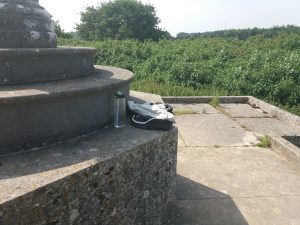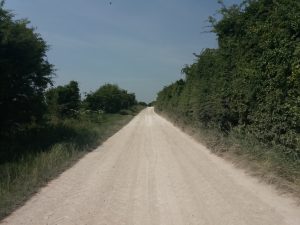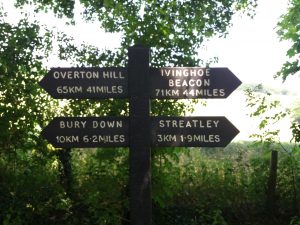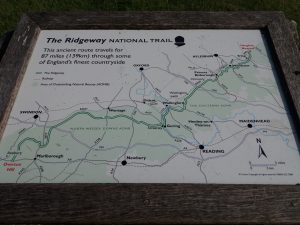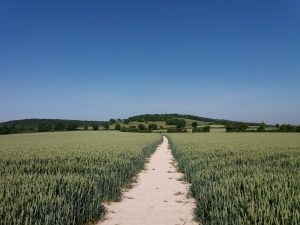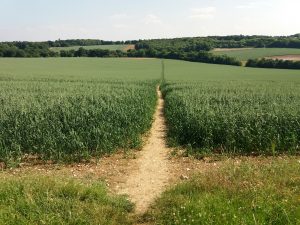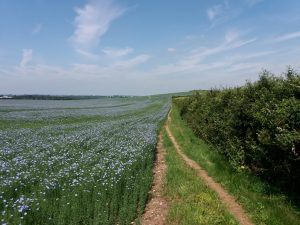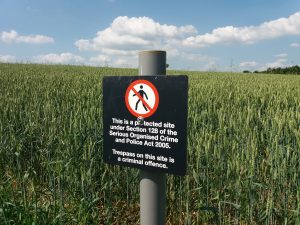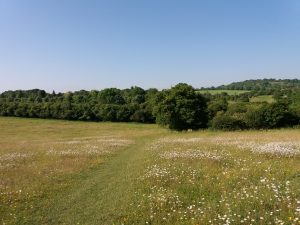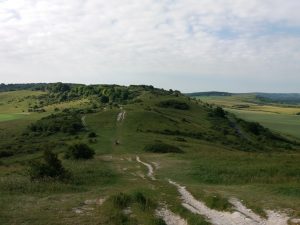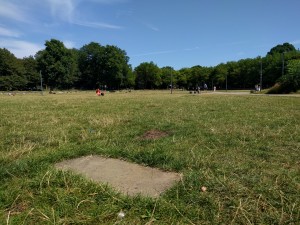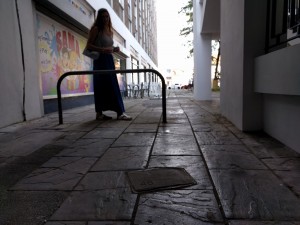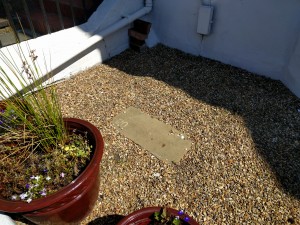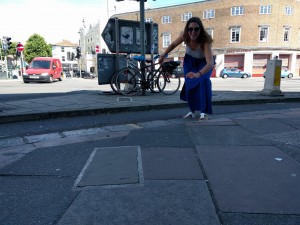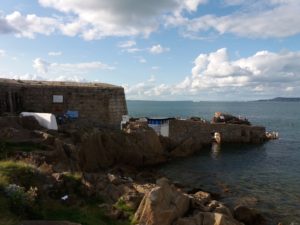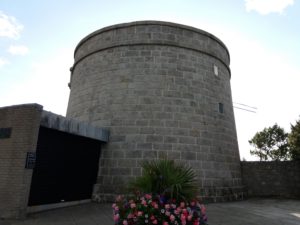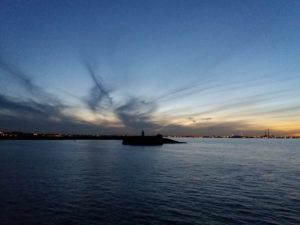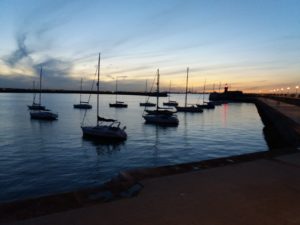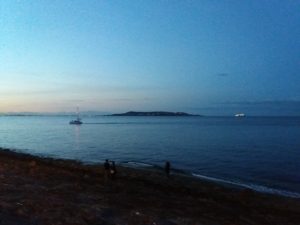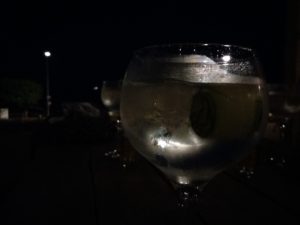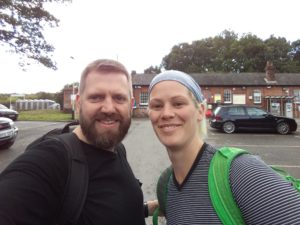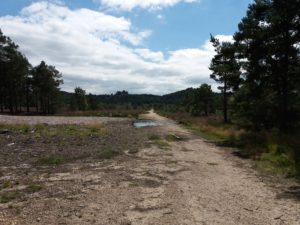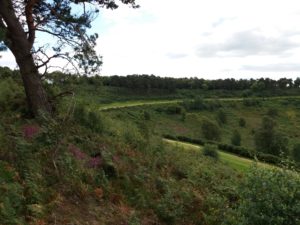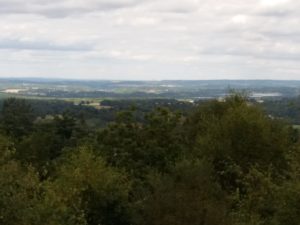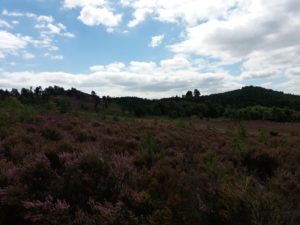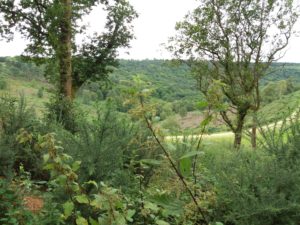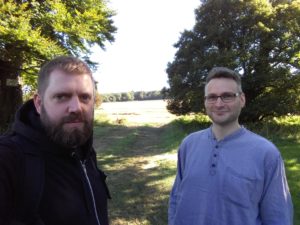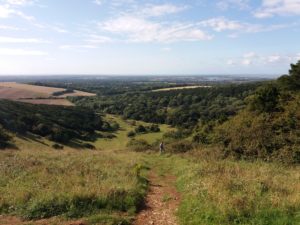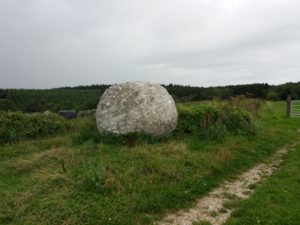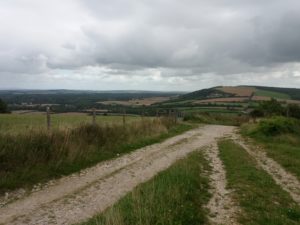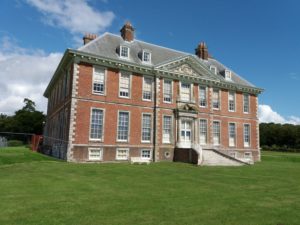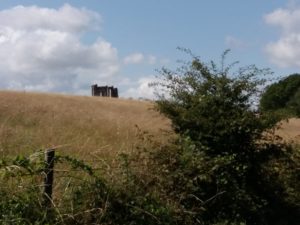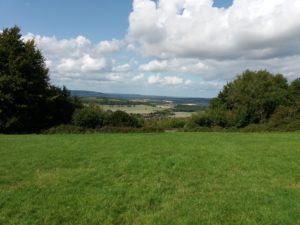Something I’ve experienced in both hiking and tourism is that the most incredible places seem unappealing when you’re tired. By three o’clock on a long day, a diversion that would seem exciting most other times is just too much trouble.
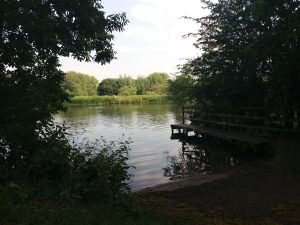
This leg featured amazing sights that were hurried through and hurried past so as not to extend the day; including the Uffington Horse, one of the most incredible landscapes I’ve ever visited.
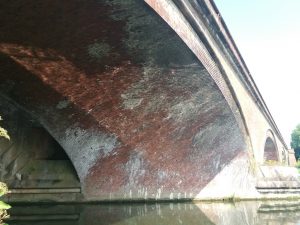
The Uffington Horse was one of the highlights of the trip, but it is probably best not encountered towards the end of a long day travelling. The landscape nearby, shown below, is stunning. The small hill with a bare patch is where St George fought the dragon. This is proved by the exposed chalk on the place where the dragon bled out: nothing has grown there since. One of the downsides of this route is that the view of the horse from the hilltop is not the best. But we were too tired for any diversion. Hiking is a good way of seeing landscapes, but not so good for visiting particular things.

I briefly ducked below the fence to place my hand on the chalk.
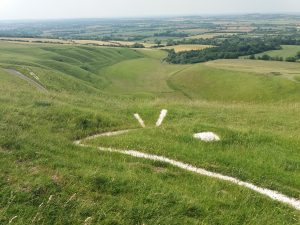
We made time for a couple of places, Wayland Smithy and a huge fort, because they were right on the path, and perfectly timed for a long break.
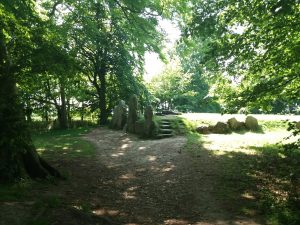
One of the great things about this walk was meeting some interesting people. In a valley we met someone flying a drone. He was taking thousands of photos that could then be used in making CGI models for an upcoming Hollywood film (he told us what it was, but said he wasn’t supposed to).
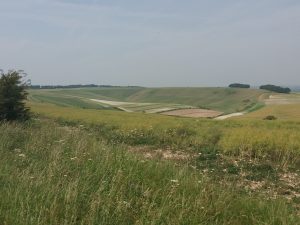
As Summer fades, it’s harder to summon the memories of the ferocious heat. The weather continued to brutal, meaning hats, sun-cream and lots of water. On day 4 we had the last water-stop 5-7 miles from the end. I’m so used to taking water for granted, particularly on hikes around the Sussex Downs.
We also had a water-stop near a beautiful mansion. The gardener stopped to talk and showed us to the taps. There were peacocks in the grounds, and he explained how he had to hunt for the eggs. He told us that passers-by would often ask who the house belonged to, but he would never say. I wanted to ask as well, but forced myself not to. We were told to check out the roses as we passed them; they were indeed impressive.
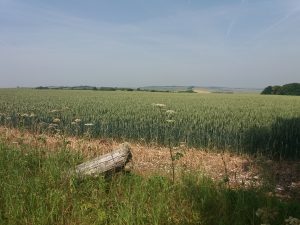
On the hilltop, sunny day, we passed some abandoned kit on a monument. It was only some time later I realised someone had just left it there for a run to save carrying it around.
While the curry houses on the North Downs Way have been nothing special, I loved the ones along the Ridgeway. We went to a couple that were under new management (judging by their reputation, the previous owners had run them into the ground). They were both now excellent, despite seeming to be in the middle of nowhere. I wonder why some areas have much better Indian Restaurants than others?
On this section, we passed the halfway point. Signs showing the full distance travelled are always encouraging.

